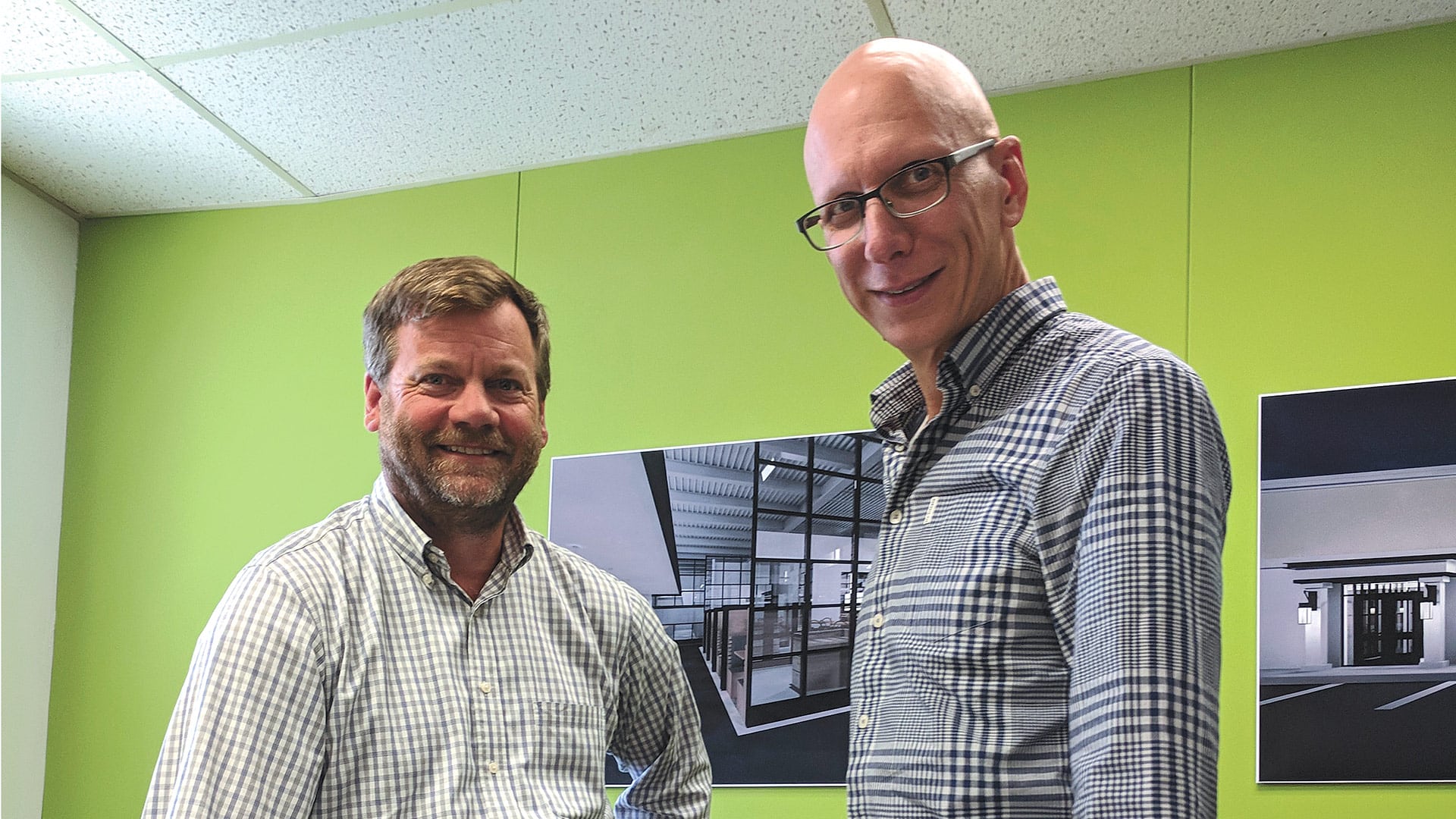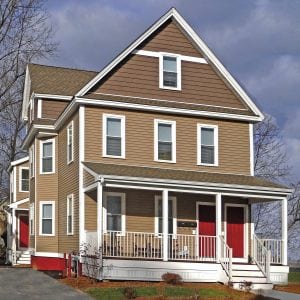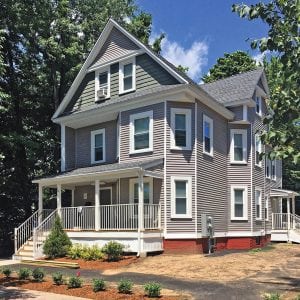Community Spotlight
By Mark Morris
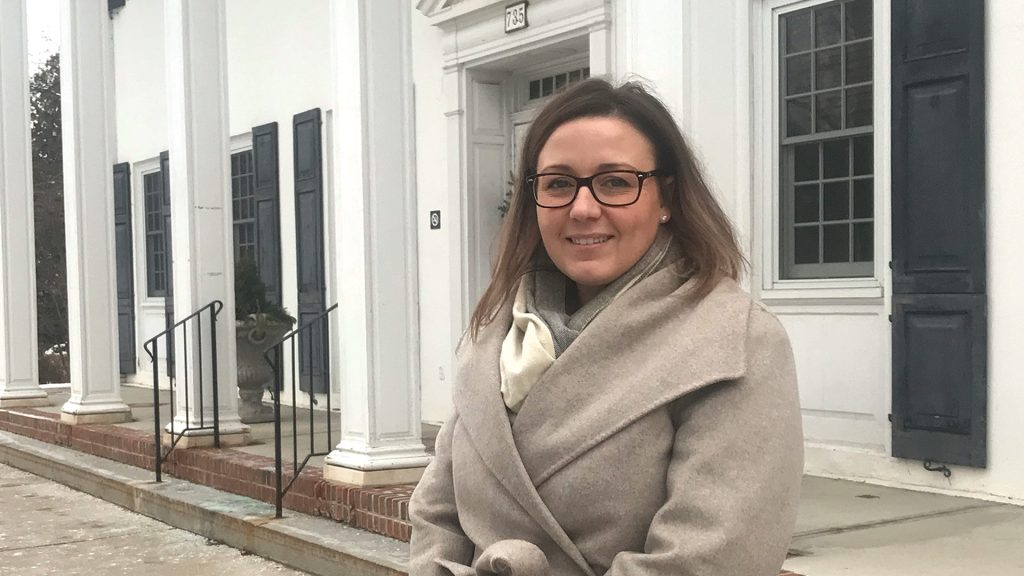
Lyn Simmons says the town’s former adult center may become the future home of municipal offices.
While two major construction projects reached completion in 2021, it’s no time to slow down for Longmeadow officials, who are planning several more projects for 2022 and beyond.
In June, Department of Public Works staff moved into their new $24 million facility on Dwight Road. Town Manager Lyn Simmons said the new location provides a cleaner, safer work environment with amenities that save money for the town over time.
“The DPW now has vehicle wash bays to clean dirt and salt off their equipment as well as lifts that are appropriate for the vehicles we have,” Simmons said. “We also have covered storage for everything, which, in New England, is critical for maintaining all this expensive equipment.”
Marybeth Bergeron, who chairs the Permanent Town Building Committee, said the DPW facility has come a long way from its old location on Pondside Road. After operating out of a couple buildings constructed in the early 1930s that she described as “incredibly poor condition,” the new location improves efficiency and morale.
“Our new DPW director, Geoff McAlmond, is working to unify all the entities in Public Works, and it’s much easier to do that with all the staff and department heads in one place,” Bergeron said.
Simmons said the new facility will have a positive impact on town business beyond the DPW. “Police, fire, and other departments that have town vehicles now have a fueling facility they can use as well.”
“People who never set foot in the old center are coming to the new one because it is, quite frankly, gorgeous, and it offers people what they want.”
In early November, Simmons cut the ribbon for the new Longmeadow Adult Community Center on Maple Road. The $14 million building features plenty of space for seniors looking to take part in exercise, activities, or one of the many other programs available.
Bergeron pointed out that older residents use fewer town resources, such as the school system and even trash pickup, because their households are smaller. At the same time, their numbers are growing as more people retire every day, and they are looking to stay active and social. For all those reasons, she said many communities are investing in their elders.
“People who never set foot in the old center are coming to the new one because it is, quite frankly, gorgeous, and it offers people what they want,” she added.
Thanks to a $250,000 donation from S. Prestley Blake toward the end of his life, the center has something few such facilities have: a dedicated gymnasium at one end of the building, featuring a full court that can be used for basketball or volleyball and an elevated walking track around the perimeter. On the day BusinessWest toured, three pickleball courts were set up, with games in progress.
The new facility is located less than 100 yards away from the old adult center, which was a former elementary school at Greenwood Park. In the immediate short term, the commercial kitchen in the old center will be used by staff from Armata’s Market to prepare holiday meals for their customers after a fire in November destroyed the market, a longtime fixture in Longmeadow (see story on page 15).
Looking ahead, the former adult center may be the future home for the town municipal offices. Currently, municipal staff are located in Town Hall and the adjacent Community Hall. Town Hall offers limited space, and Simmons said bringing it into compliance with current standards under the Americans with Disabilities Act (ADA) would be cost-prohibitive. A recent feasibility study looked at reusing the Greenwood site as combined office space for the town.
“We would move municipal employees from Town Hall and Community Hall to one location and consolidate under one roof,” Simmons said. If the plan is approved, Simmons said the town can pay for renovations to the Greenwood site out of the $4.6 million allocated to Longmeadow under the American Rescue Plan Act (ARPA).
Before the town can consider re-using the former DPW site, Simmons said the first goal is to demolish the old buildings which are deemed unsafe.
“We’ve done a feasibility study to see if ground mounted solar panels would make sense for us financially,” she said. “It looks like that would be a good use, but we have a ton of work to do before it can go out to bid.” Right now, it looks like the town will tackle this project in the spring or summer of 2022.
Doing Their Homework
Though mask measures are still in place and students are still adjusting to daily in-person learning, Longmeadow Schools Superintendent Martin O’Shea said having students back in class full-time makes it feel more like a typical school year.
In addition to what he termed as “the ebbs and flows of the school day,” he also recognizes the town is at a crossroads when it comes to deciding the future of its two middle schools.
Glenbrook Middle School, built in 1967, and Williams Middle School, built in 1959, are two well-maintained buildings, neither of which has had any significant renovation work since they were completed. Despite all the care and maintenance, time has a way of catching up with many of core systems, and the HVAC, plumbing, and electrical infrastructure in both buildings have reached the end of their useful life. A study by Colliers Project Leaders identified more than $30 million of essential maintenance and repair issues at the two schools.
O’Shea said the Longmeadow School Committee has petitioned the Massachusetts School Building Authority (MSBA) to help answer the question: should Longmeadow repair the two schools or bring all the middle-school students into one new building?
“If we commit to the repairs Colliers identified, we would make critical improvements to the two schools, but we’re left with the old footprint and the old design,” he explained. “We still wouldn’t have the types of learning spaces we think would be best for students for the next 50 years.”
Longmeadow at a glance
Year Incorporated: 1783
Population: 15,853
Area: 9.7 square miles
County: Hampden
Residential Tax Rate: $24.74
Commercial Tax Rate: $24.74
Median Household Income: $109,586
Median Family Income: $115,578
Type of Government: Open Town Meeting; Town Manager; Board of Selectmen
Largest Employers: Bay Path University; JGS Lifecare; Glenmeadow
* Latest information available
Working with the MSBA can be a six- or seven-year process. That’s why O’Shea believes Longmeadow is at a crossroads right now. He and others in town support building new rather than investing in the old.
“Our sense is that it would be more cost-effective and more educationally effective to build a new school,” he said, adding that modern schools are built to be fully accessible, with rich digital-learning spaces, as well as spaces for small-group support and intervention.
O’Shea recognizes many residents value having two neighborhood-based middle schools in town, but both need extensive repairs and modernization to continue to serve today’s students. One new middle school can easily accommodate the 648 students currently attending Glenbrook and Williams.
“If we combined our two middle schools under one roof, we could potentially create educational economies of scale, and the new building would reflect a more typically sized middle school,” he said. “The average middle school in Massachusetts accommodates right around 600 students.”
Unlike many communities, Longmeadow does not experience significant school-enrollment swings, but instead stays fairly steady over many years. O’Shea said that’s an important consideration when going through the MSBA process.
“The whole building project begins when MSBA engages the community in demographic studies to better understand enrollment and population trends,” he noted. “That way, they can make sure the school that is eventually built is positioned for future enrollment.”
The middle-school project represents another chapter in Longmeadow’s continued commitment to academic excellence. O’Shea said education is an important part of the town’s economic engine.
“Longmeadow places a premium on education,” he told BusinessWest. “It’s the reason people move here and why it’s a great place to raise a family.”
Great Outdoors
Longmeadow also prides itself on its many recreation areas. Simmons is looking to bring in a consultant to assess all swimming pools, basketball courts, playgrounds, and other sites to assess their condition. Once the town has a baseline on the needs for each area, Simmons’ goal is to have a community conversation with town departments and committees as well as with residents to identify the most pressing projects.
“We want a roadmap so we can get strategic on how we eventually fund that work and complete those projects,” she said.
With these projects and others on the horizon for Longmeadow, Bergeron acknowledged she and the Building Committee will have plenty of work ahead. “I’m looking forward to the next five to 10 years as we get some of these projects off the ground and up and running.”



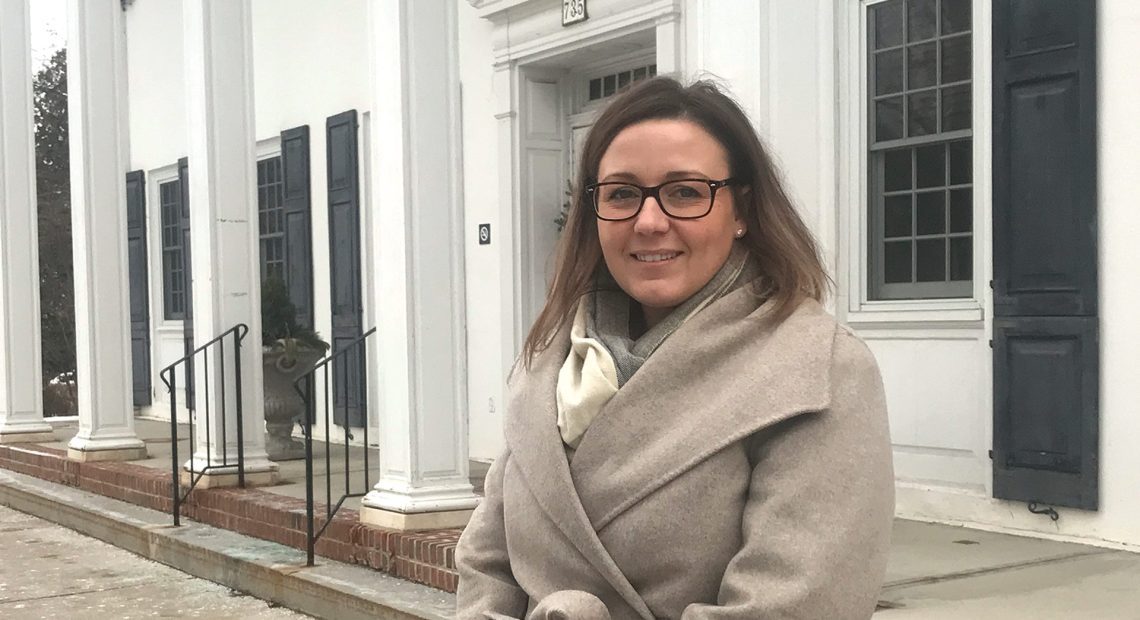


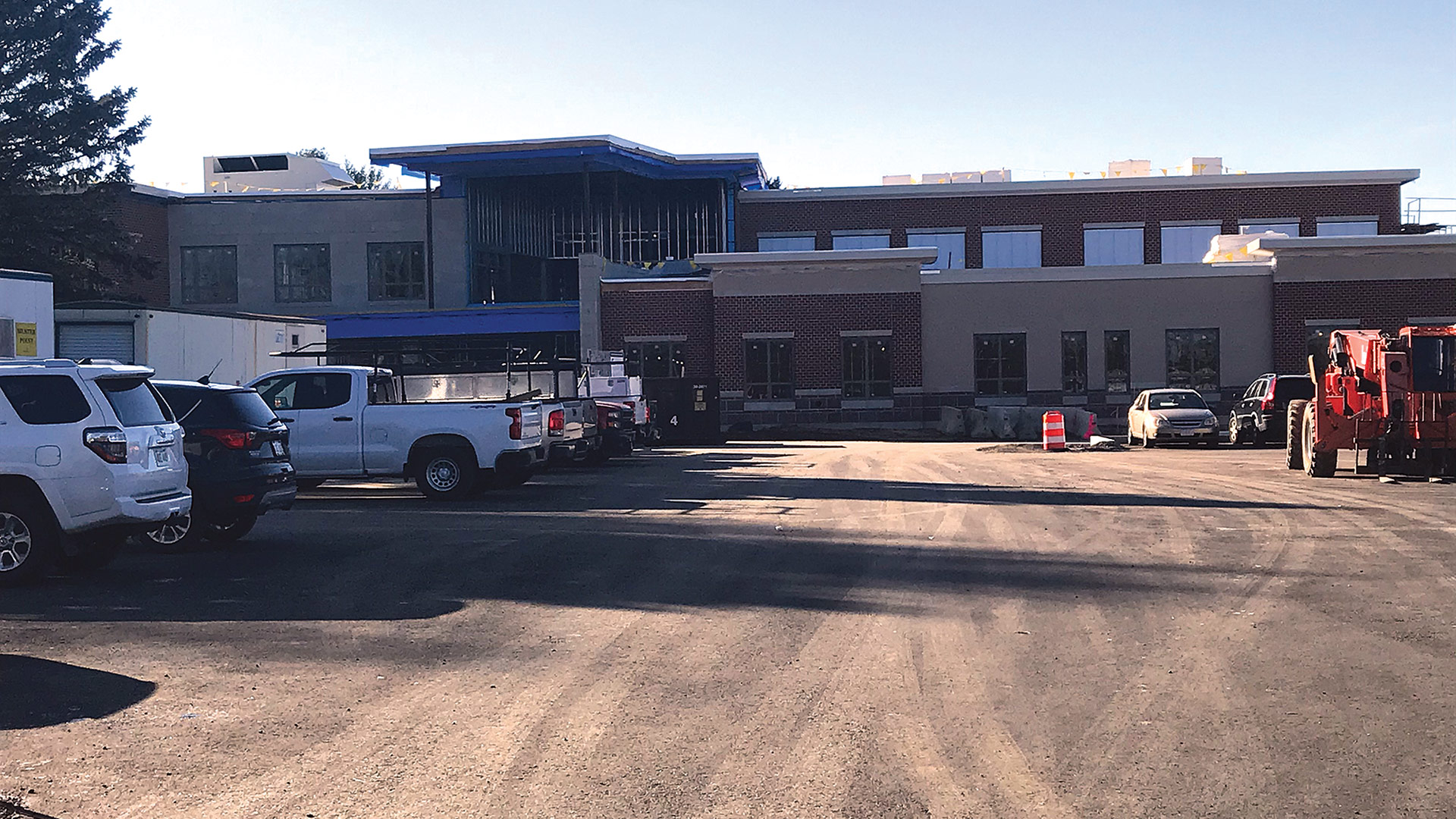




 They called the event ‘The New Wave’ — and that’s an appropriate name for the annual update on Springfield’s business and civic projects.
They called the event ‘The New Wave’ — and that’s an appropriate name for the annual update on Springfield’s business and civic projects.
